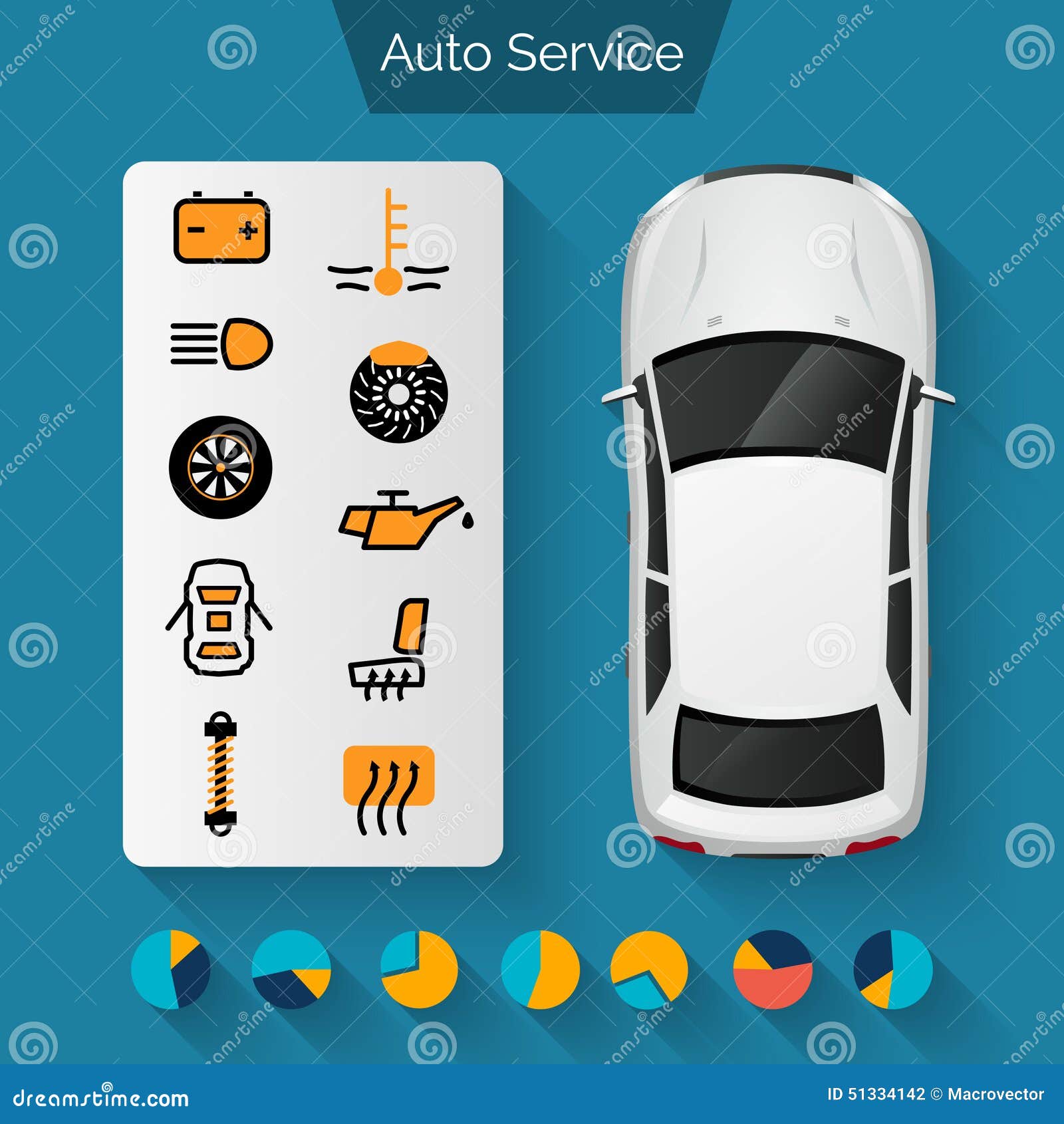Analyzing Your Auto'S Caution Indicators: What They Really Share
Analyzing Your Auto'S Caution Indicators: What They Really Share
Blog Article
Staff Author-Vinson Alvarado
When you lag the wheel, those radiant warning lights on your dashboard can be a bit complicated. Do you understand what they're trying to tell you about your cars and truck's health and wellness? Recognizing the relevance of these lights is important for your safety and the durability of your lorry. So, the next time one of those lights pops up, wouldn't you wish to understand its message precisely and take the required actions to resolve it?
Common Caution Lighting and Interpretations
Recognize usual warning lights in your vehicle and understand their meanings to make sure safe driving.
One of the most typical caution lights consist of the check engine light, which signals problems with the engine or exhausts system. If this light comes on, it's vital to have your automobile examined quickly.
The oil stress alerting light indicates low oil pressure, requiring prompt attention to avoid engine damages.
A blinking battery light might recommend a defective billing system, potentially leaving you stranded otherwise attended to.
The tire stress tracking system (TPMS) light informs you to low tire pressure, influencing automobile security and fuel performance. Disregarding this could cause unsafe driving problems.
The abdominal light shows an issue with the anti-lock braking system, endangering your ability to quit swiftly in emergencies.
Lastly, the coolant temperature level advising light warns of engine getting too hot, which can result in extreme damages otherwise fixed promptly.
Understanding these usual caution lights will aid you deal with issues promptly and maintain risk-free driving conditions.
Value of Prompt Interest
Understanding the usual warning lights in your auto is just the initial step; the value of quickly addressing these warnings can't be highlighted enough to ensure your security on the road.
When a warning light brightens on your control panel, it's your vehicle's method of interacting a possible problem that needs attention. Disregarding these warnings can result in a lot more extreme troubles down the road, compromising your safety and security and possibly costing you much more out of commission.
Motivate attention to advising lights can stop break downs and mishaps. As an example, a blinking check engine light might suggest a misfire that, if left unattended, could cause damages to the catalytic converter. Addressing this immediately can conserve you from an expensive repair service.
Similarly, https://www.carandbike.com/news/tips-to-increase-cars-ac-in-coming-summer-seasons-3015328 cautioning light might indicate low brake liquid or worn brake pads, crucial elements for your safety and security when driving.
DIY Troubleshooting Tips
If you observe a caution light on your control panel, there are a couple of DIY repairing tips you can attempt before looking for professional help.
The very first step is to consult your vehicle's manual to recognize what the details warning light suggests. Sometimes the issue can be as simple as a loosened gas cap setting off the check engine light. Tightening up the gas cap might fix the problem.
One more common issue is a low battery, which can set off various cautioning lights. Examining the battery connections for deterioration and guaranteeing they're protected may deal with the issue.
If a caution light continues, you can attempt resetting it by separating the auto's battery for a few mins and afterwards reconnecting it. Additionally, checking your vehicle's fluid levels, such as oil, coolant, and brake liquid, can aid fix warning lights connected to these systems.
https://caidenmnidx.blogsidea.com/38436382/how-mobile-car-detailing-providers-can-conserve-you-money-and-time , comprehending your cars and truck's warning lights is vital for maintaining your vehicle running efficiently and securely. By immediately attending to these notifies and understanding what they mean, you can stay clear of expensive repair services and prospective break downs.
Keep in mind to consult your cars and truck's manual for certain details on each alerting light and act appropriately to make sure a hassle-free driving experience.
Keep notified, remain safe on the road!
